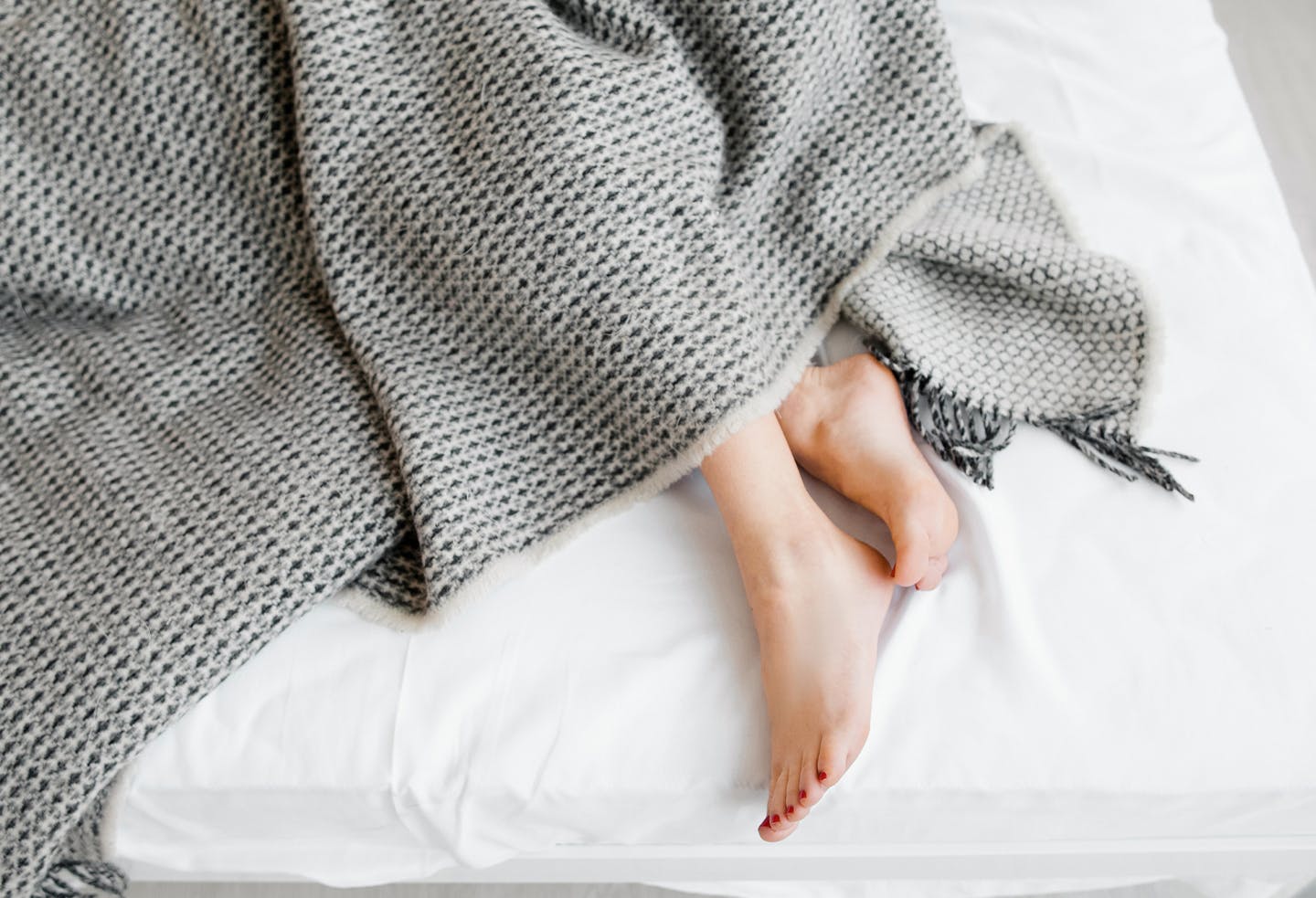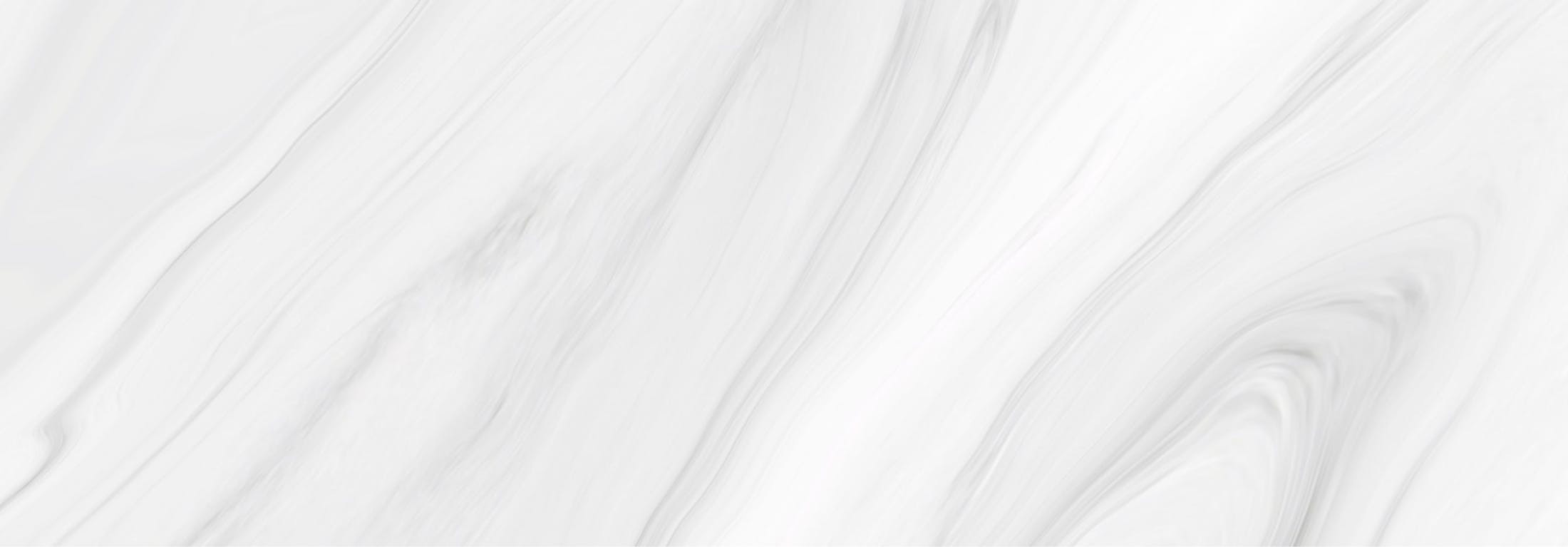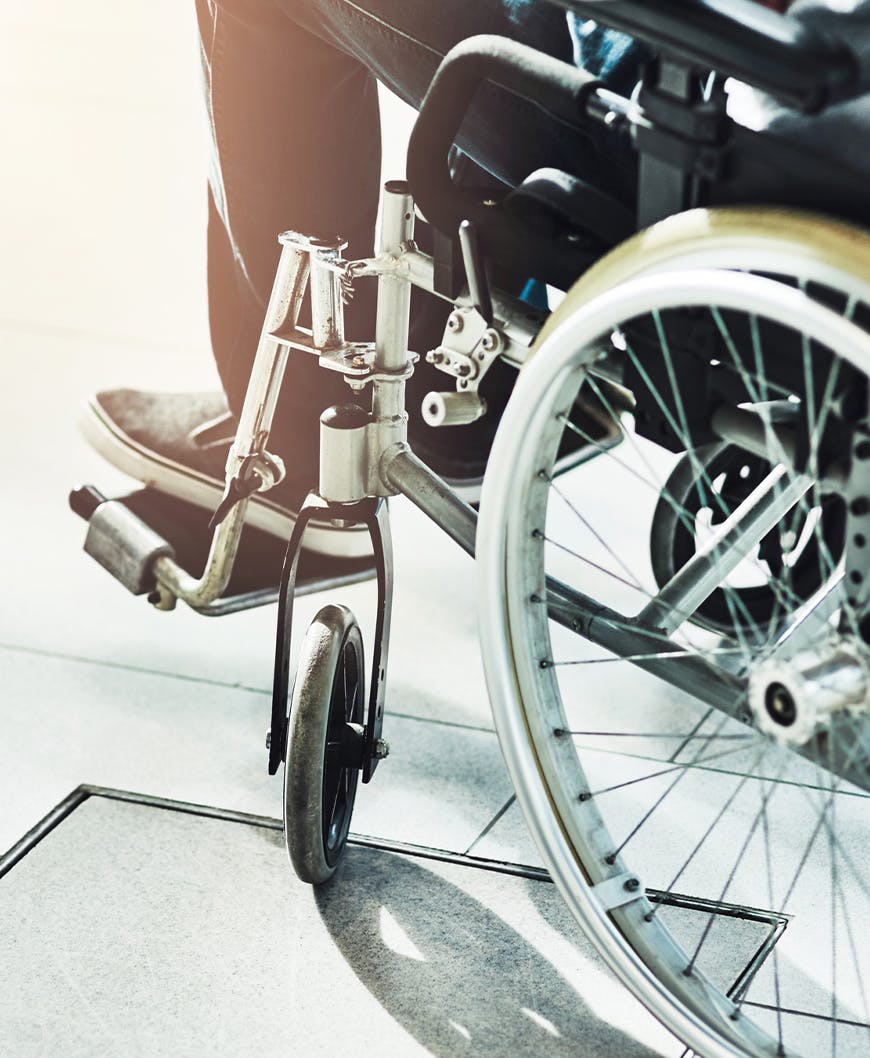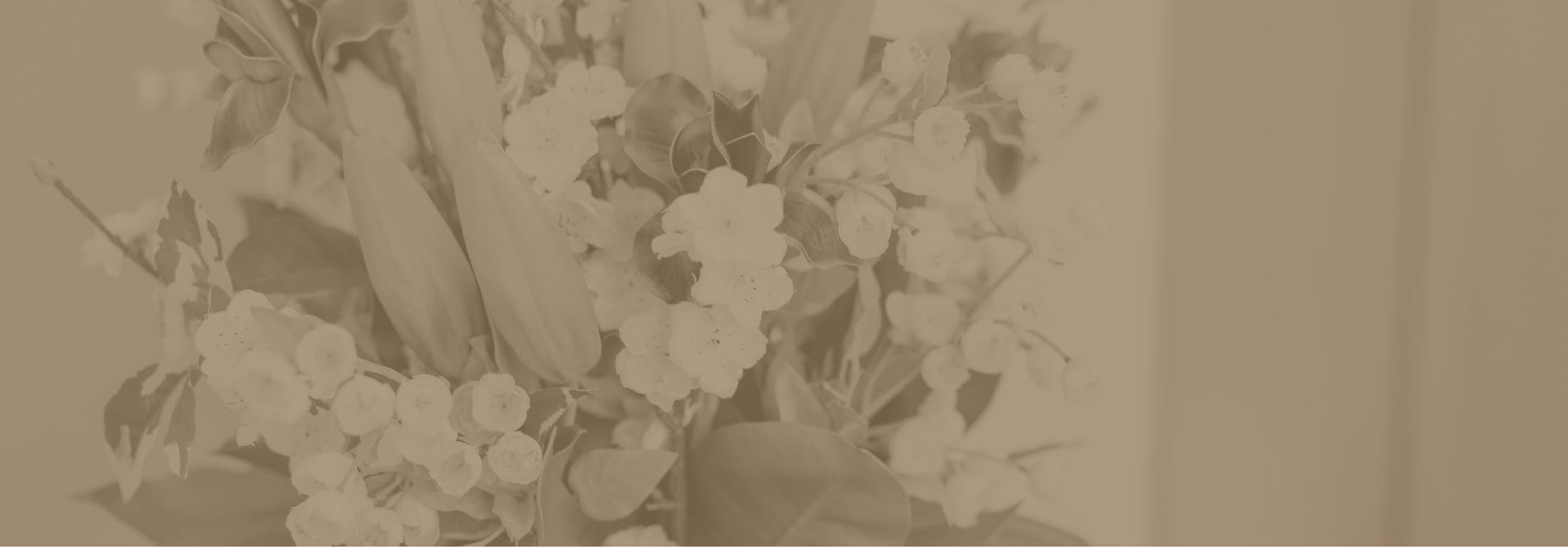Foot and ankle pressure ulcers typically occur in patients already suffering from another medical condition, one which either keeps them immobile or renders them unable to feel the pain of a developing wound.
Three Types of Force
More specifically, doctors point to three types of force usually involved in the development of pressure ulcers:
- Pressure. Constant pressure from the weight of the body resting on the same surface for prolonged periods of time is key in most cases of a pressure ulcer. Even in mild cases where the skin and other tissues do not die, inconsistent blood flow can weaken the tissues and make them more susceptible to injury from the other forces.
- Friction. Skin rubbing against other surfaces can, over time, weaken the surface of the skin and make it susceptible to wounds. Enough friction over time can remove protective outer layers of skin, exposing skin which is susceptible to infection and more serious injury to the surface.
- Shear. Shear occurs when forces act to pull your skin in two different directions at once. For example, your foot sliding in an ill-fitting shoe may result in skin near the surface being pulled in one direction while deeper skin pulls in another direction. Over time, or in skin already weakened by other injuries, this can cause wounds beneath the surface which develop into ulcers.








